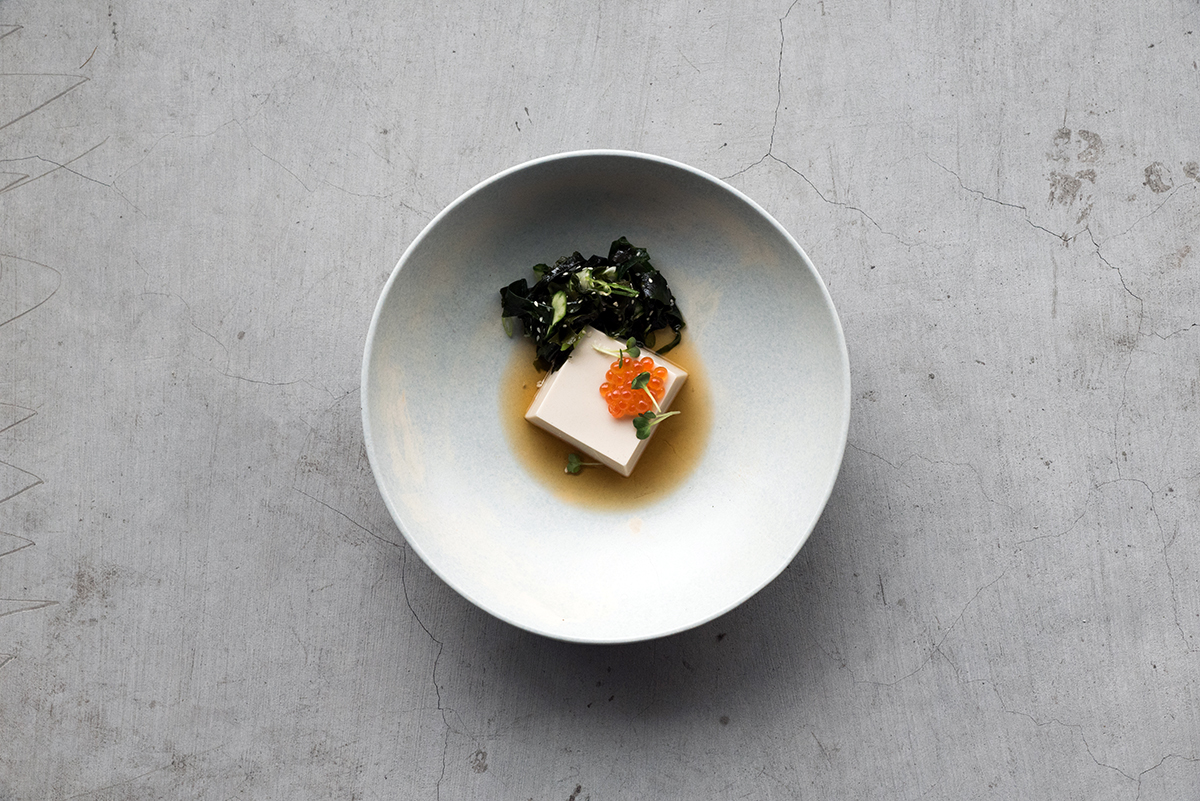It’s true that 80 percent of the ocean floor is undiscovered. A similar statement could be made about the abundance of ingredients we can harvest from the oceans.
Seaweed is one of those ingredients that over centuries has had a place on our dining tables in multiple Asian cultures and rapidly making an impact on Western cuisines. The bountiful number of varieties can sometimes be daunting as each individual gene of seaweed lends a distinct texture and flavor.
Dubbed as a superfood, seaweed is rich in minerals such as iron, calcium, iodine, and copper. It’s an amazing source of protein, fiber, and vitamins. Moreover, it’s the very foundation of umami thanks to its high glutamate content.
Cooking with seaweed is moderately simple, with the thickness of the sea vegetable dictating the process you apply. Kelp or kombu, for example, has a strong cell structure and thick leaves, making it ideal for soups and stocks, first soaked in water then added to the broth. A wakame seaweed is slightly more delicate and texturally more appealing to the palate. A quick soak in warm water and strain are all it needs. Nori, a very popular and commercially available seaweed sheet, can be ground and turned into a salt alternative.
Kelp or kombu, for example, has a strong cell structure and thick leaves, making it ideal for soups and stocks, first soaked in water then added to the broth. A wakame seaweed is slightly more delicate and texturally more appealing to the palate. A quick soak in warm water and strain are all it needs.
Scientists have even conducted studies to explore the other culinary possibilities seaweed contains. Among the products of said experiments are the extract agar-agar and alginate, both of which have viscosity-altering properties.
Fresh tofu with wakame salad and warm dashi
Serves 4
Prep time 2 hours
Dashi
Ingredients
1 sheet kombu
100 grams dried dilis
3 cups dried shiitake mushrooms
1/2 cup katsuobushi (dried bonito flakes)
2 liters water
2 tbsp Japanese soy sauce
Procedure
- Place all ingredients into a stockpot, including the dry ingredients. Allow to soak for an hour.
- Place pot on a stove at medium high heat and bring to a boil. Once boiling, reduce heat to a simmer and cook for an hour.
- Finish with a couple teaspoons of Japanese soy sauce and reserve for plating.
Wakame salad
Ingredients
1 cup dried wakame
1 medium Japanese cucumber
1 tbsp sesame seeds
2 tbsp sesame oil
Procedure
- Rehydrate the wakame in lukewarm water for 10-15 minutes. Strain to remove excess liquid and transfer to a clean bowl.
- Slice the cucumber thinly and add to the seaweed.
- Mix in sesame oil and seeds and keep chilled until needed.
Other ingredients
350 grams fresh silken tofu
1 tsp fried garlic
Assembly
Gently warm the tofu in a bain-marie for 10 minutes. Place a small amount of fried garlic in the center of the plate and place a portion of tofu on top. Place the chilled wakame salad on the side and garnish with additional sesame seeds, if desired. Slowly add the dashi, at room temperature, and serve immediately.
Originally published in F&B Report Vol. 14. No. 1





